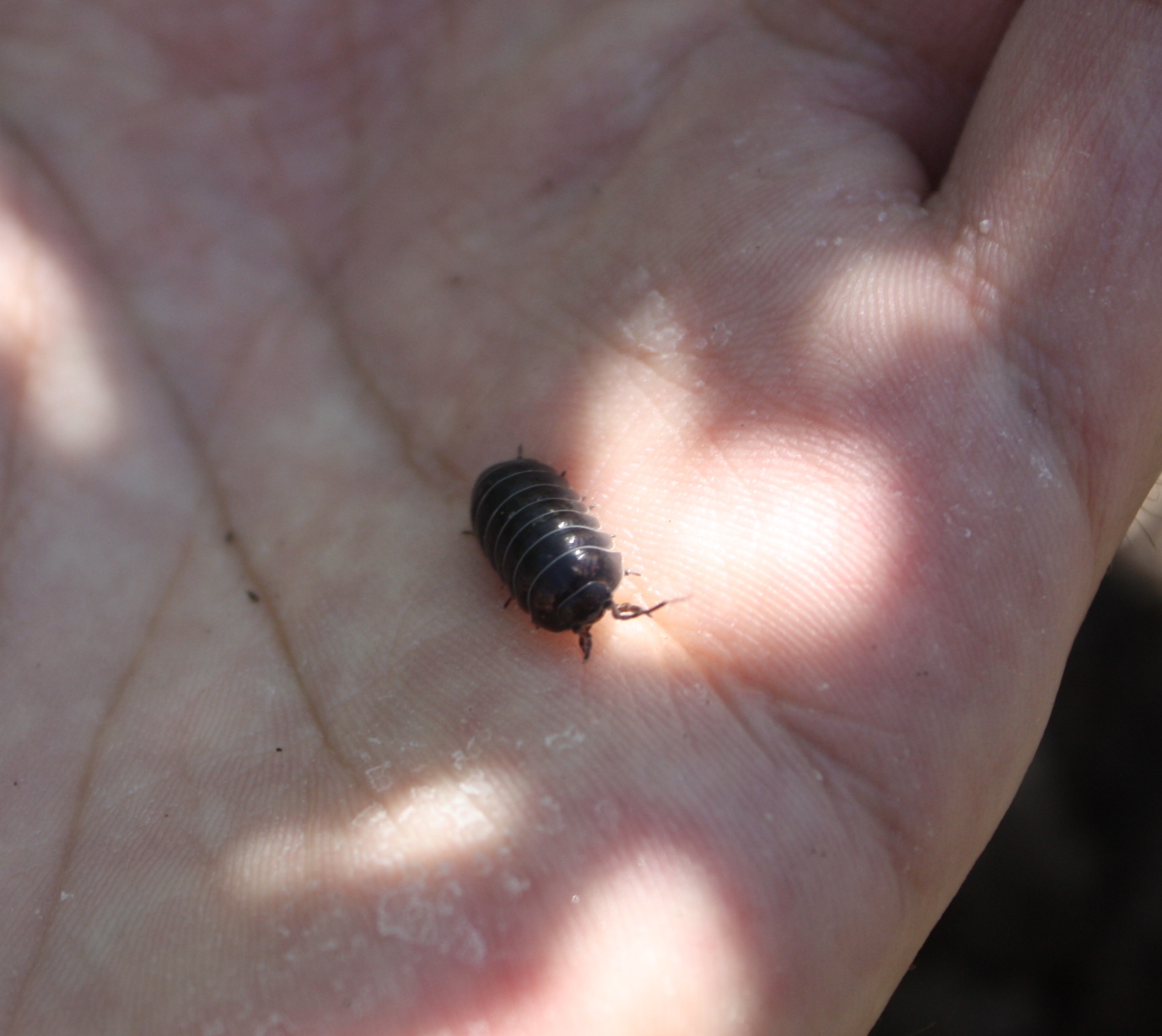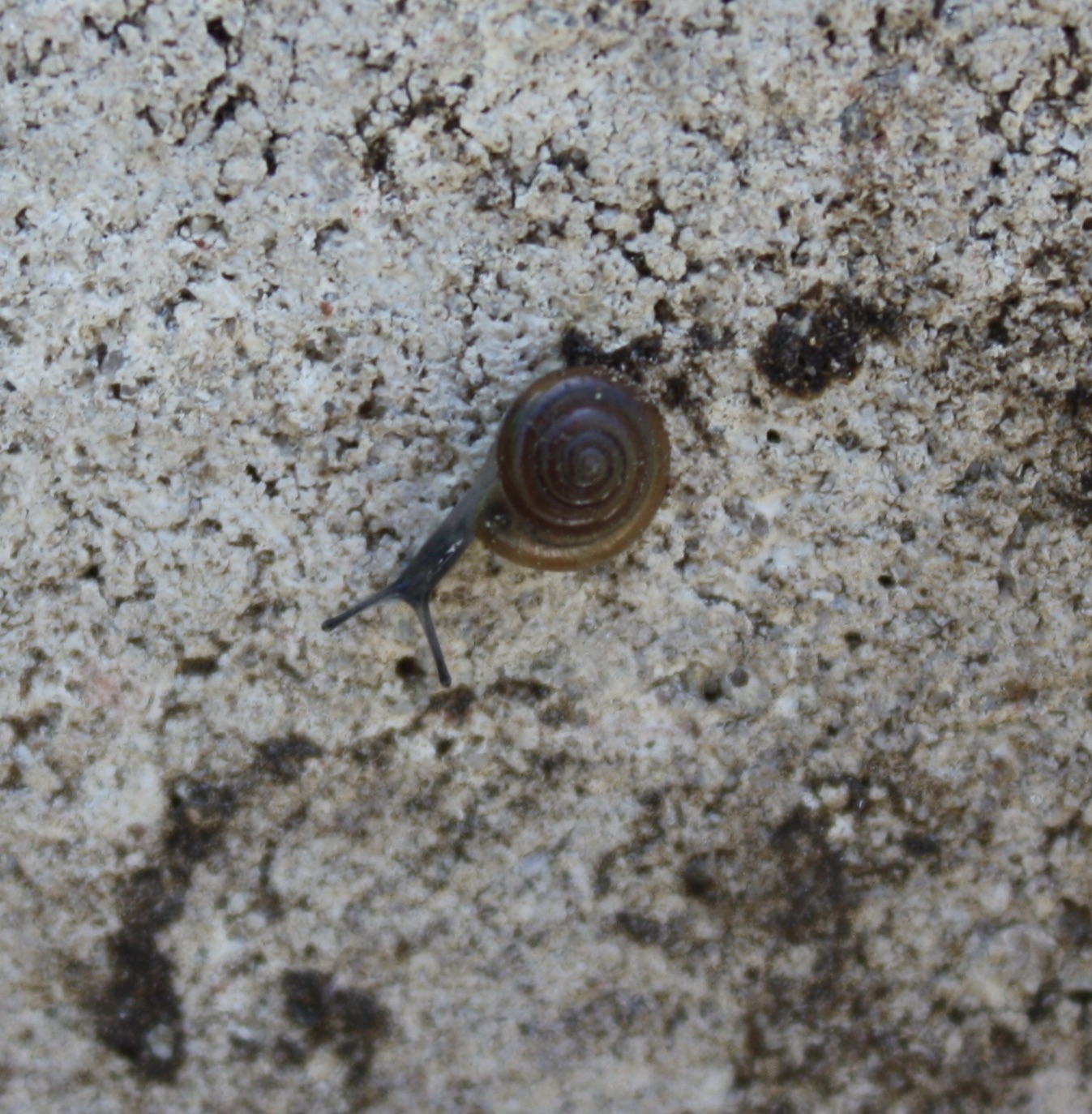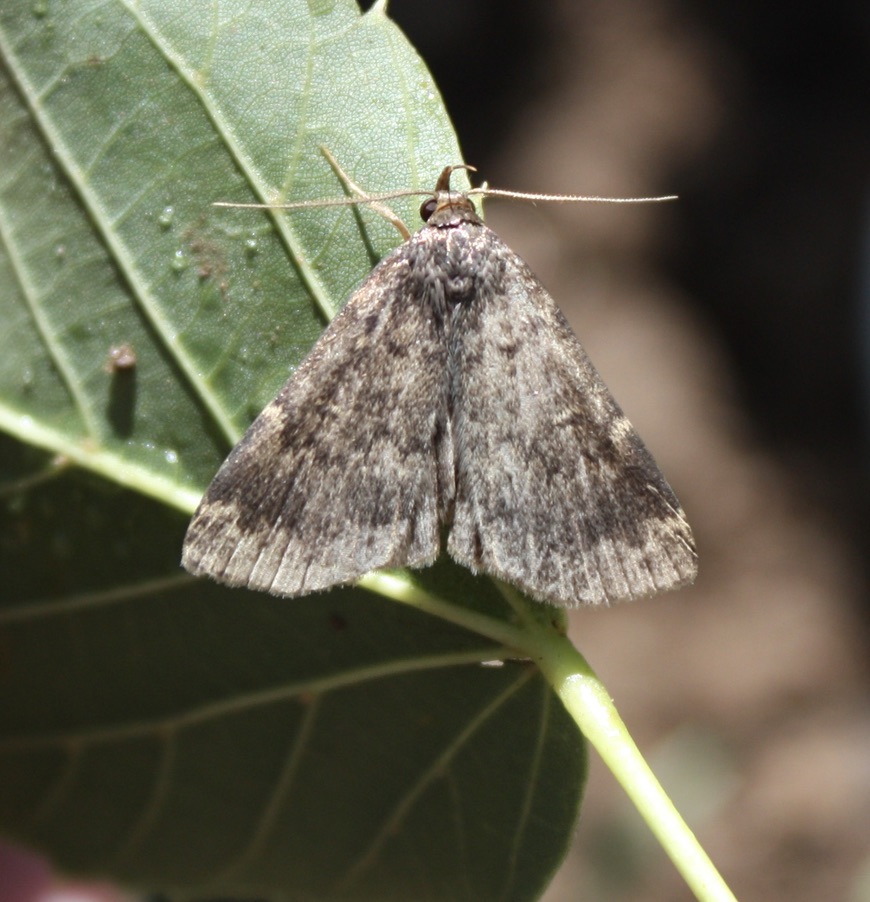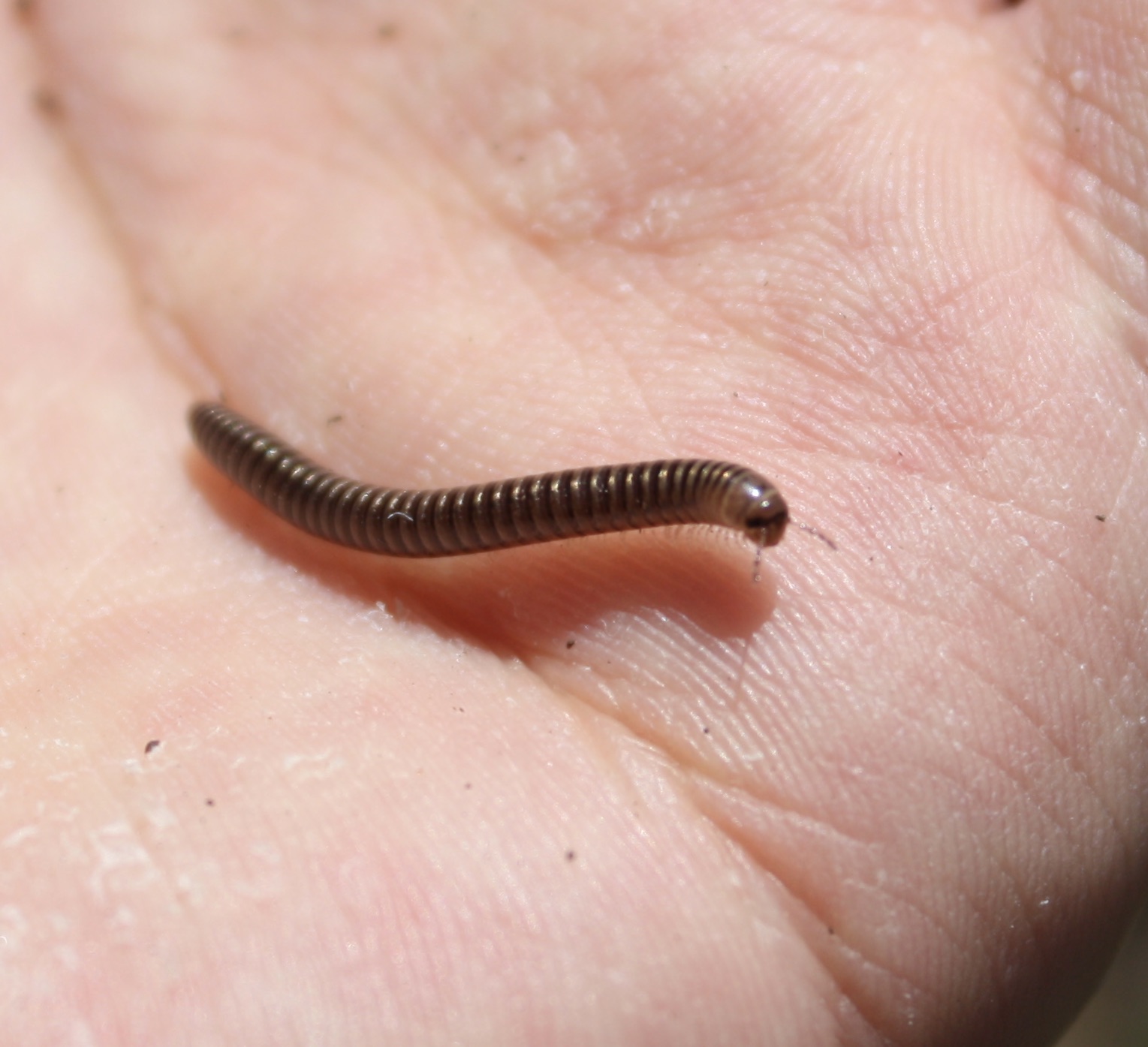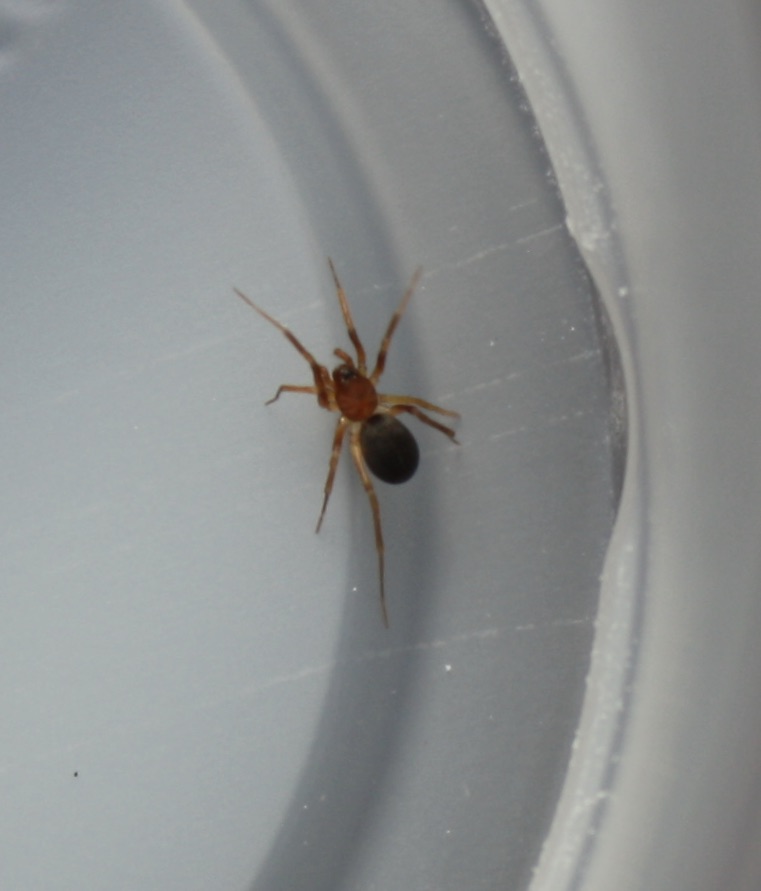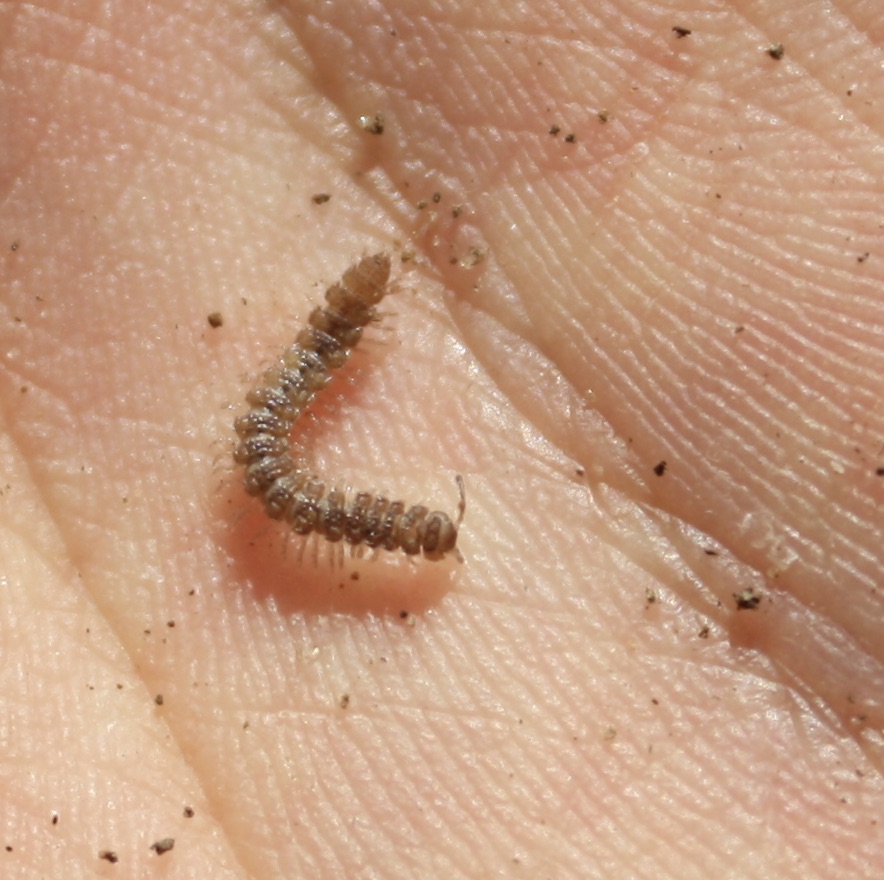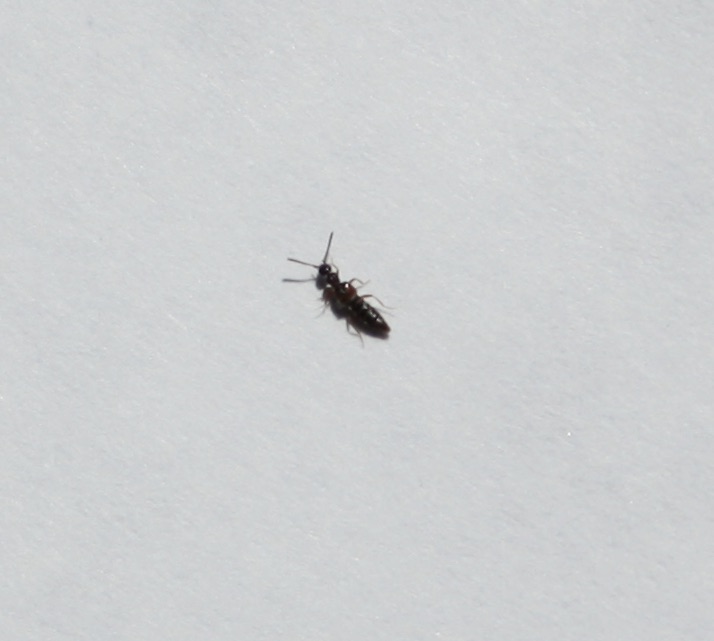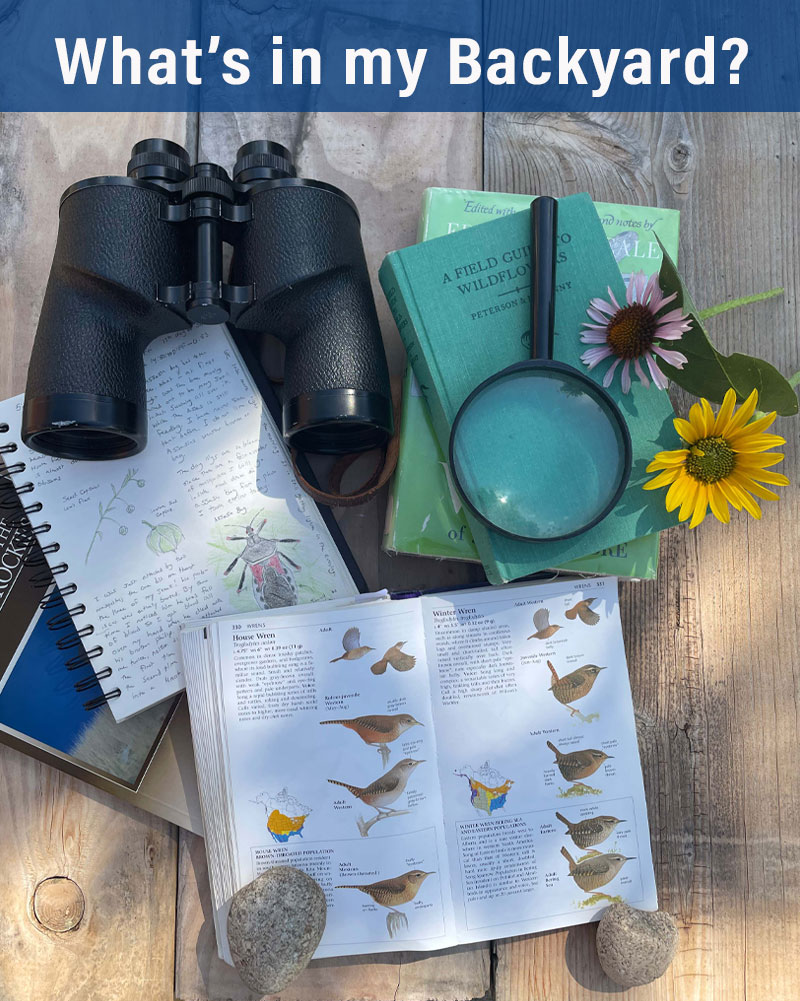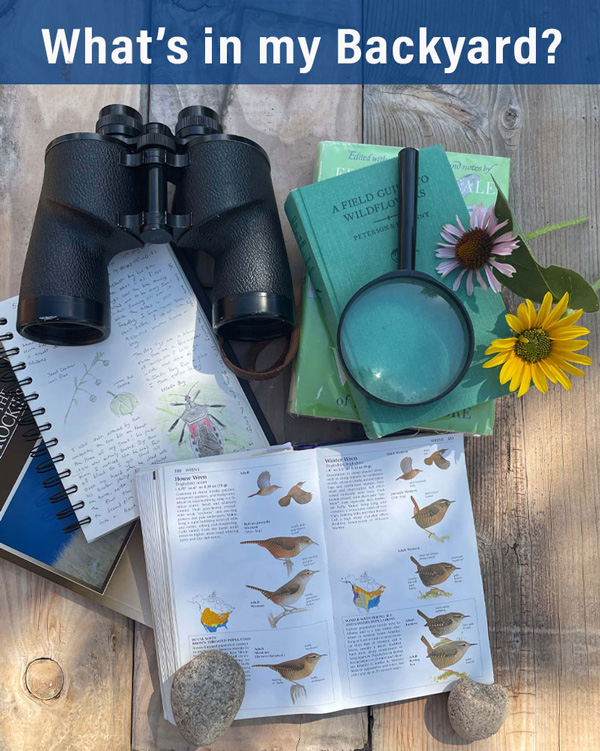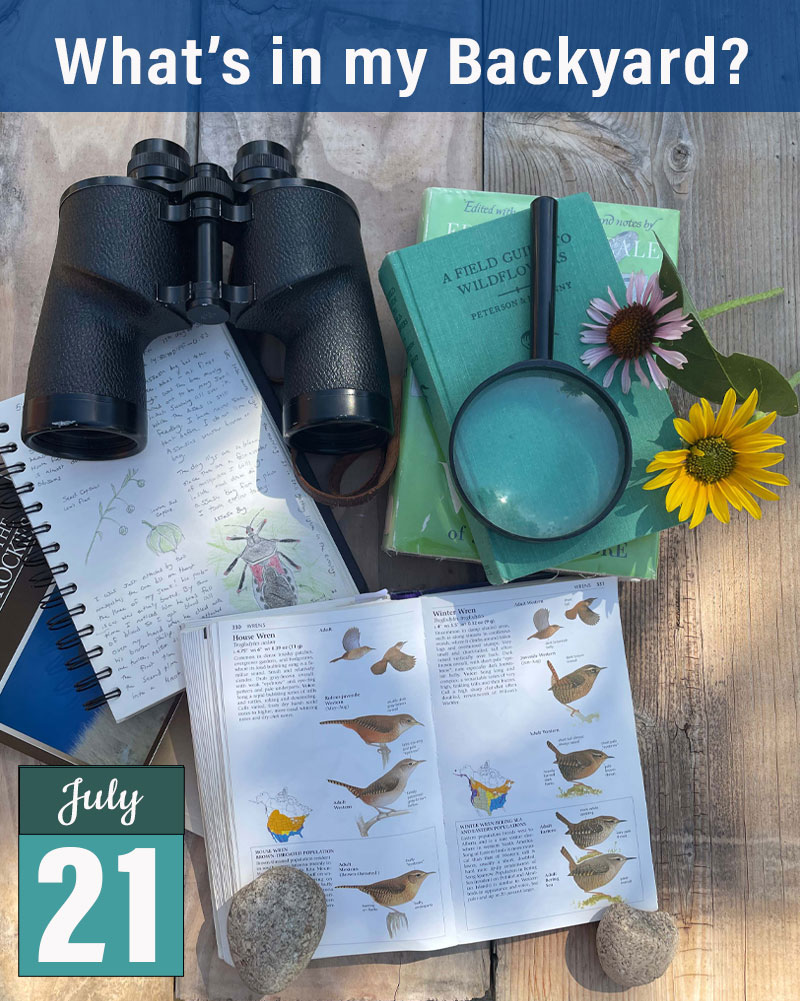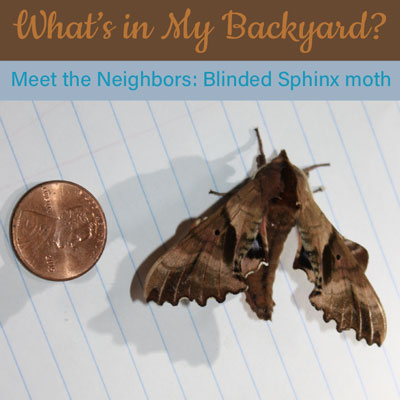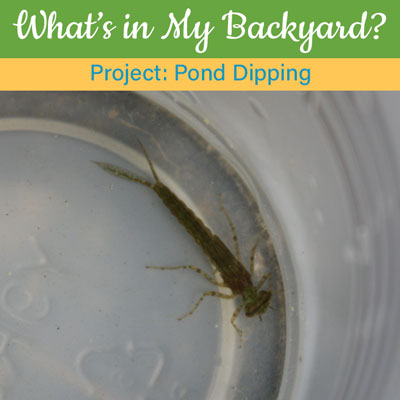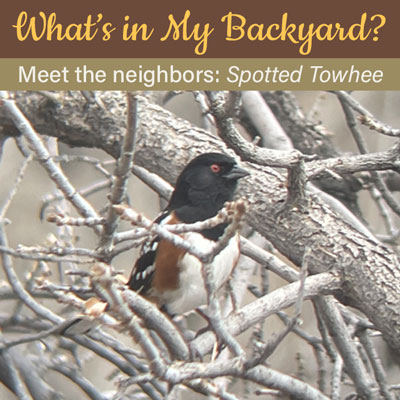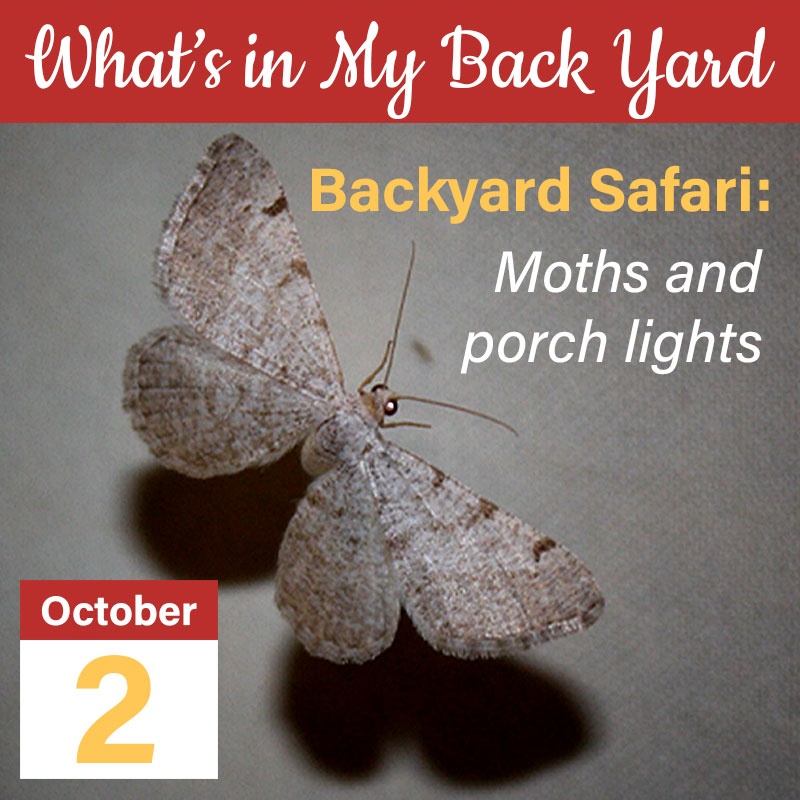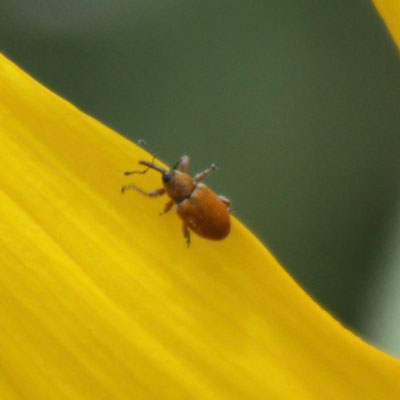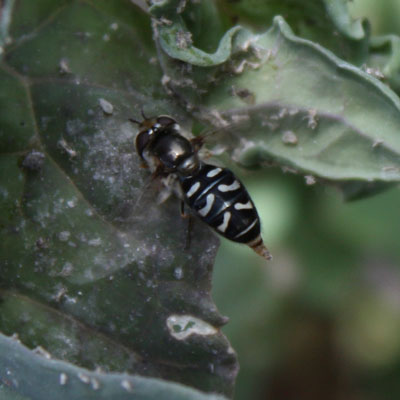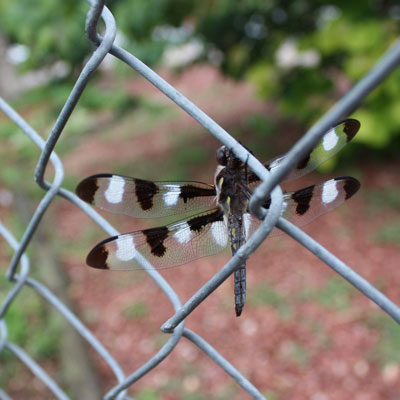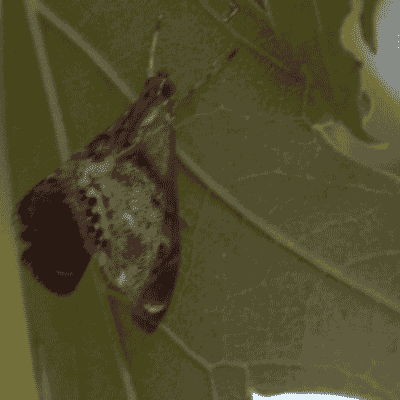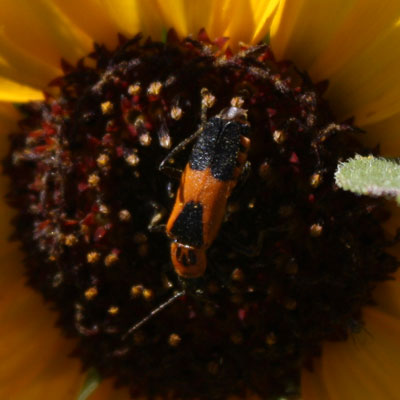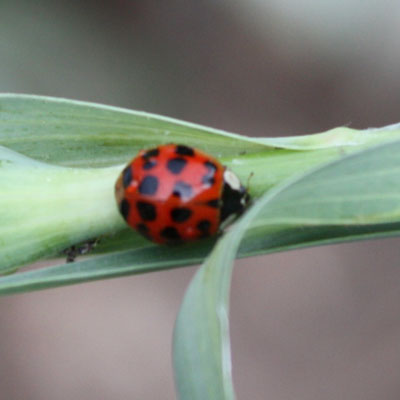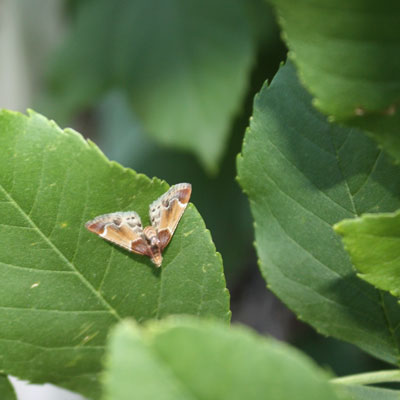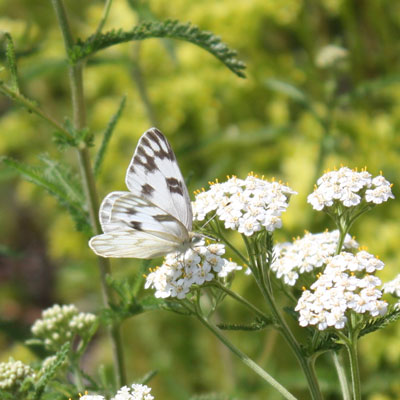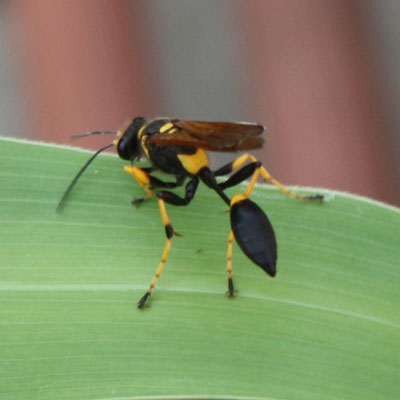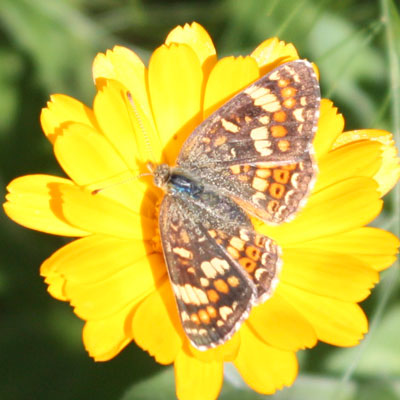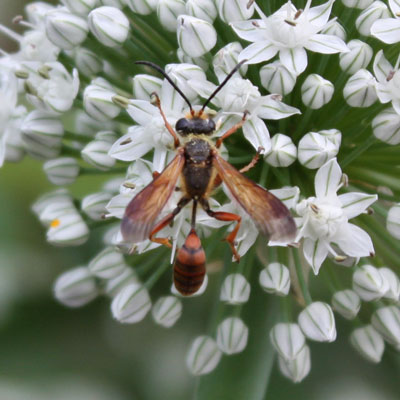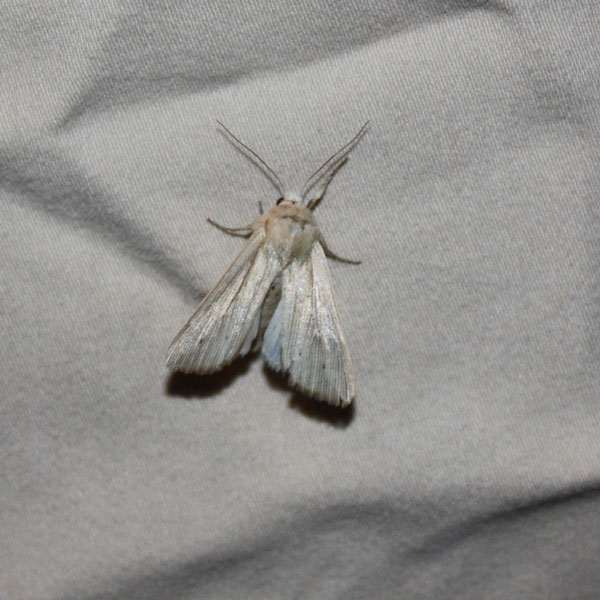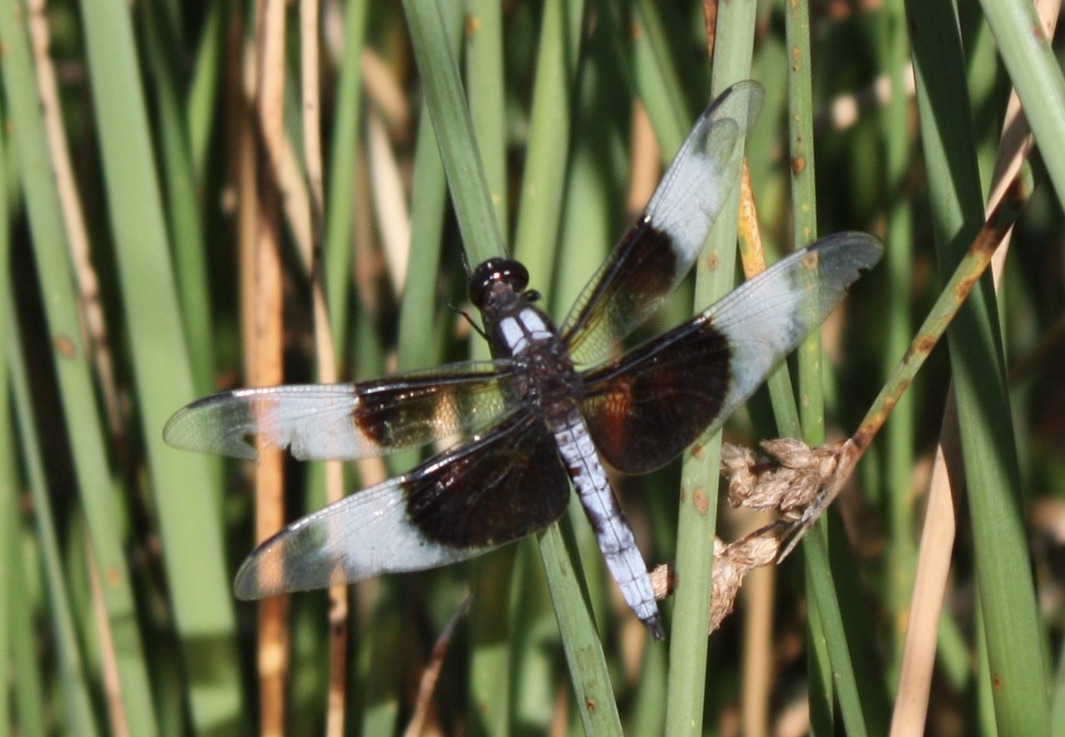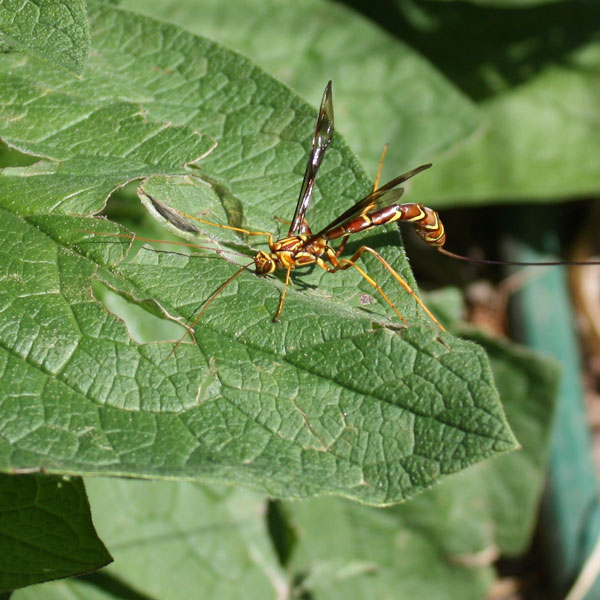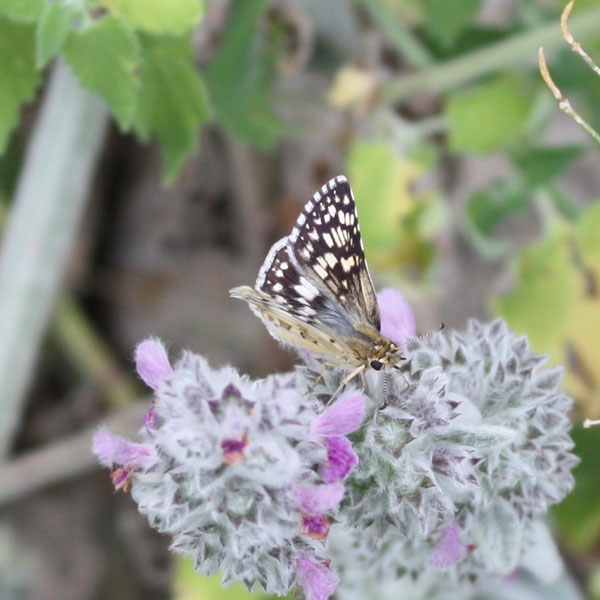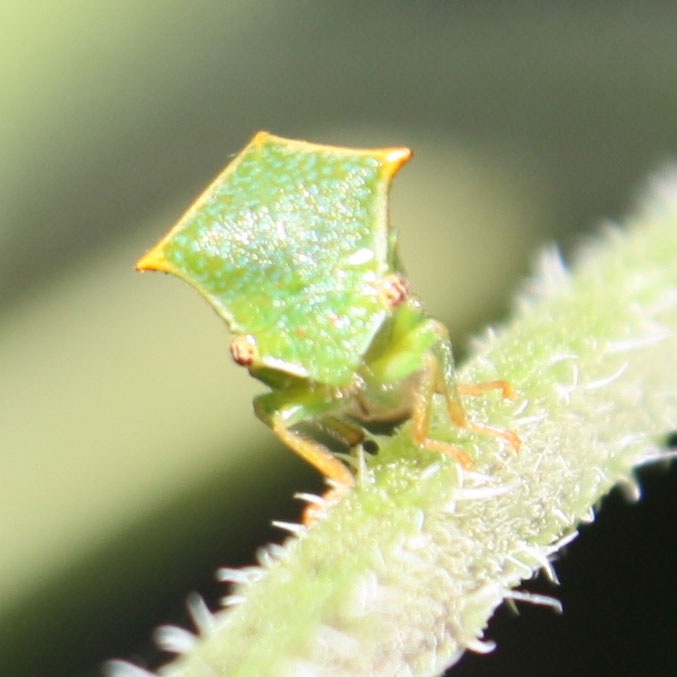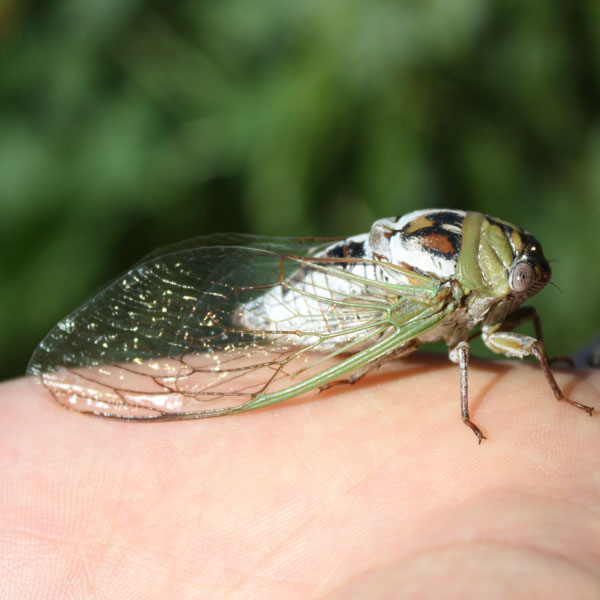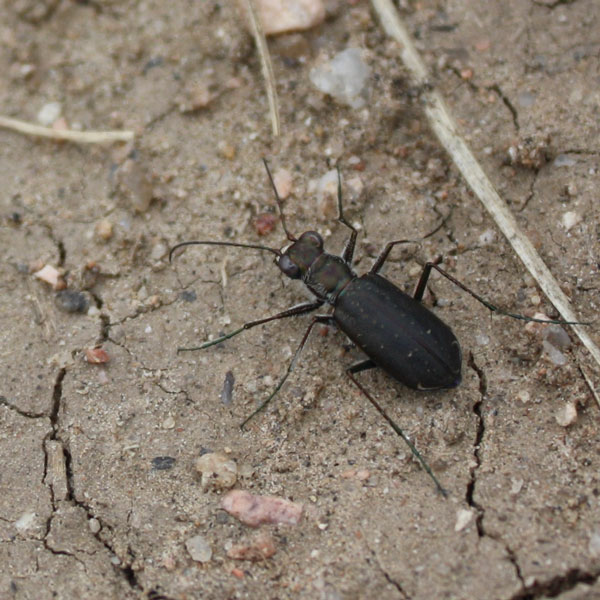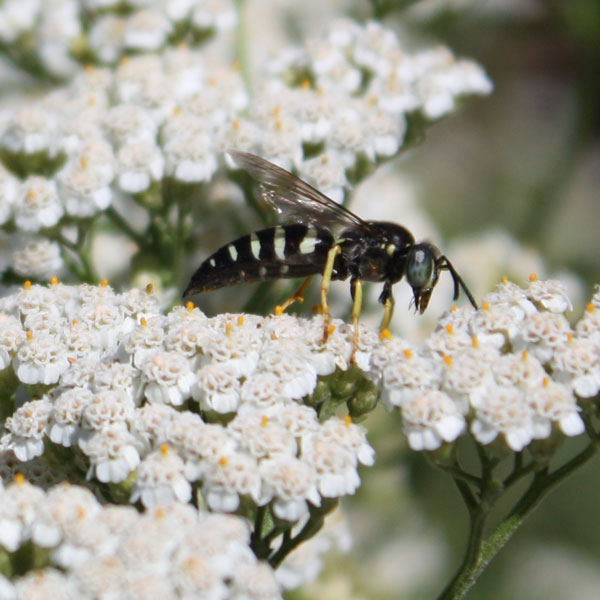What’s In My Backyard?
Projects: Invertebrate Trap
For the introduction to this series, see here.
Today we are going to build an invertebrate trap. Small ground-dwelling invertebrates are hard for naturalists to study in the wild as they tend to be good at disappearing into the soil or under leaves. Here is a simple trap that will let you catch and see some of the creatures that live in your soil.
In the first four pictures, you can see the steps for building this trap. You will need a large container with smooth slippery walls. I used a ceramic flower pot but a plastic container would also work well.
Step 1. Bury your container so that the edge is level with the soil. If it is too high, no creatures will fall in. Put some leaves in the bottom to give the creatures a place to hide. A good location to place your container is among plants or leaves. Avoid big open areas and, of course, don’t dig holes in your lawn!
Step 2. Place four rocks or pieces of wood around your trap.
Step 3. Find a large paver or piece of wood to cover the trap. Rest it on the rocks. It should be about half an inch off the ground.
Step 4 (optional). You can bait the trap by placing a piece of banana or apple on a piece of cardboard in the bottom of the trap.
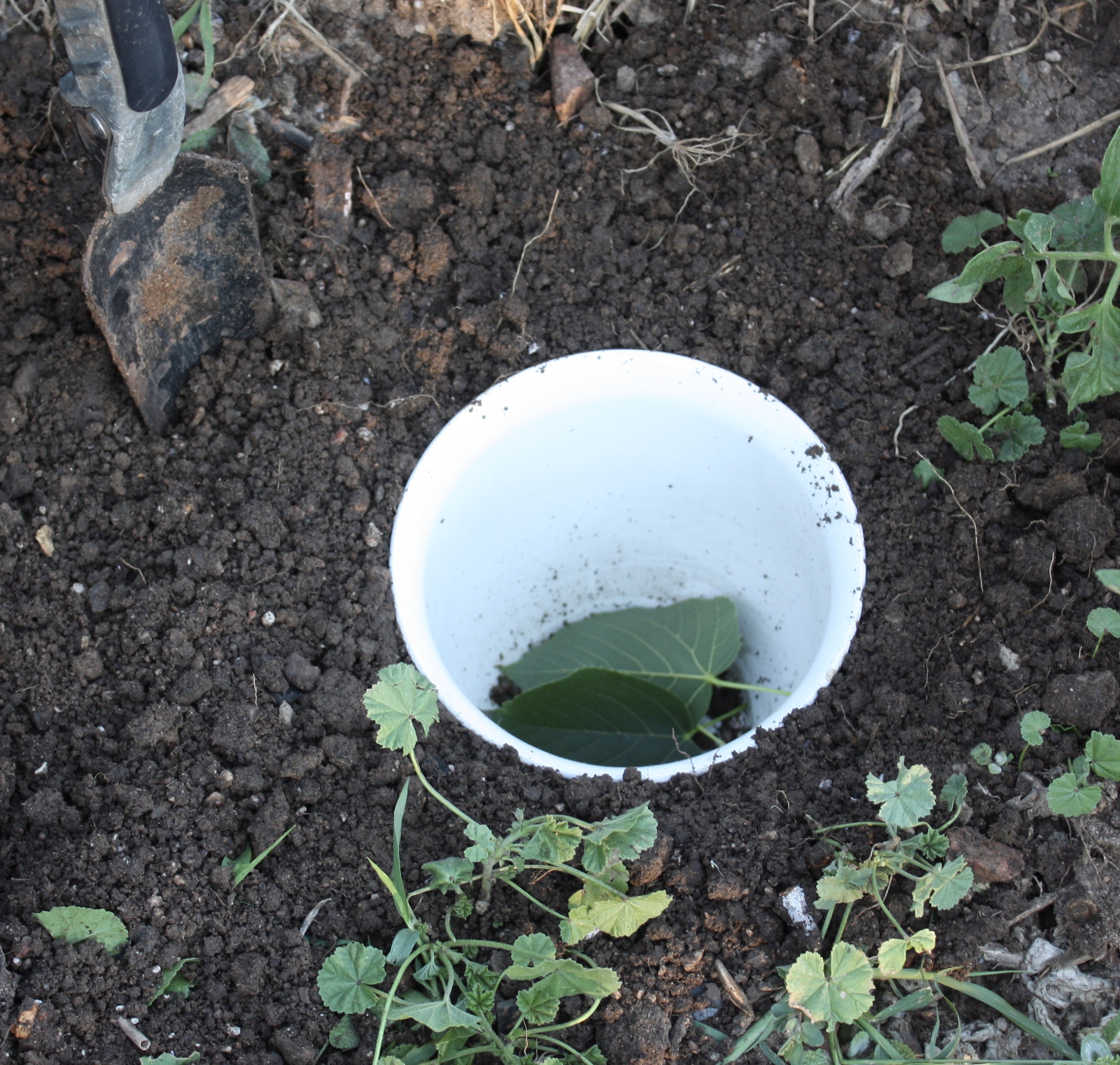

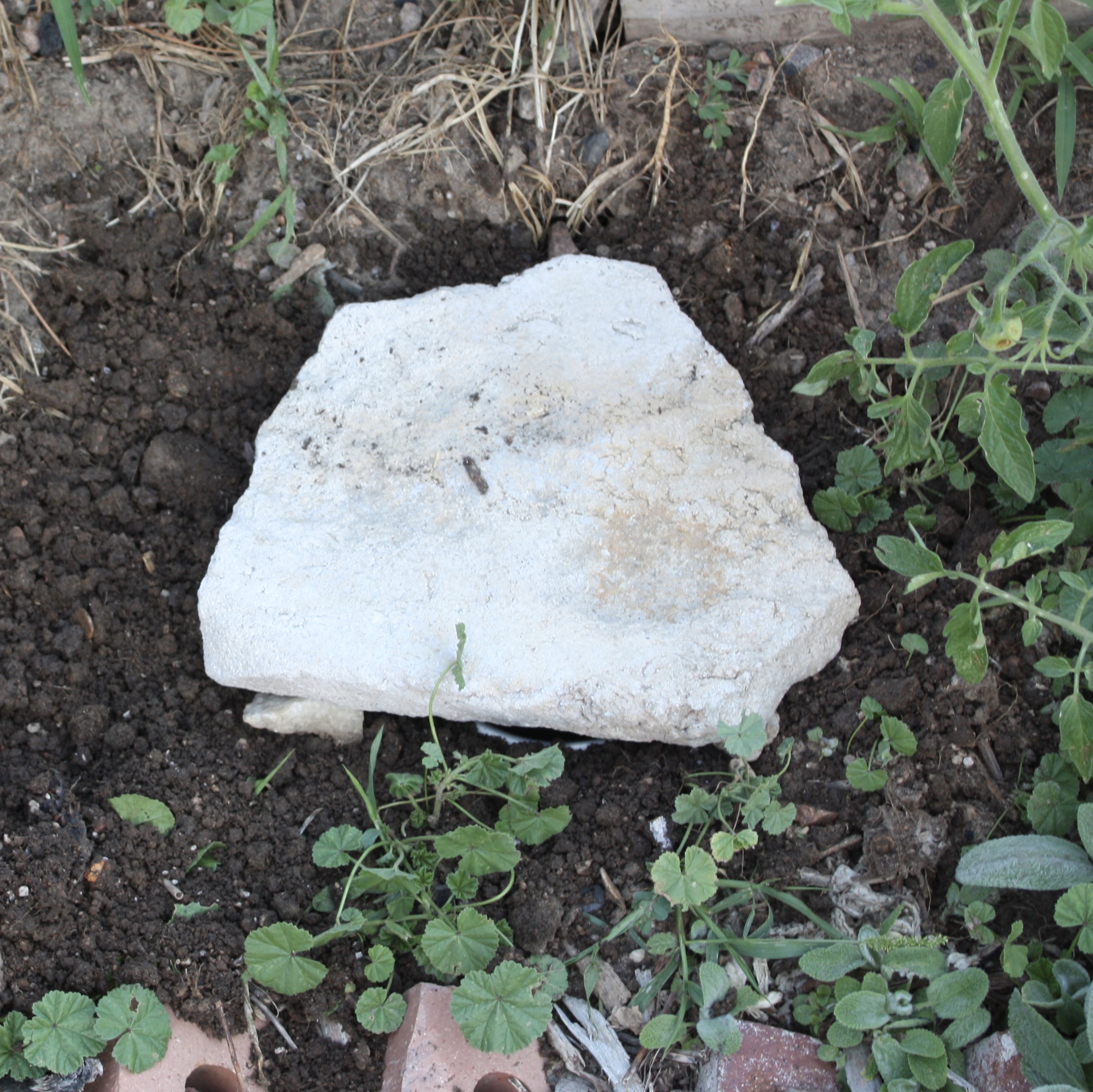
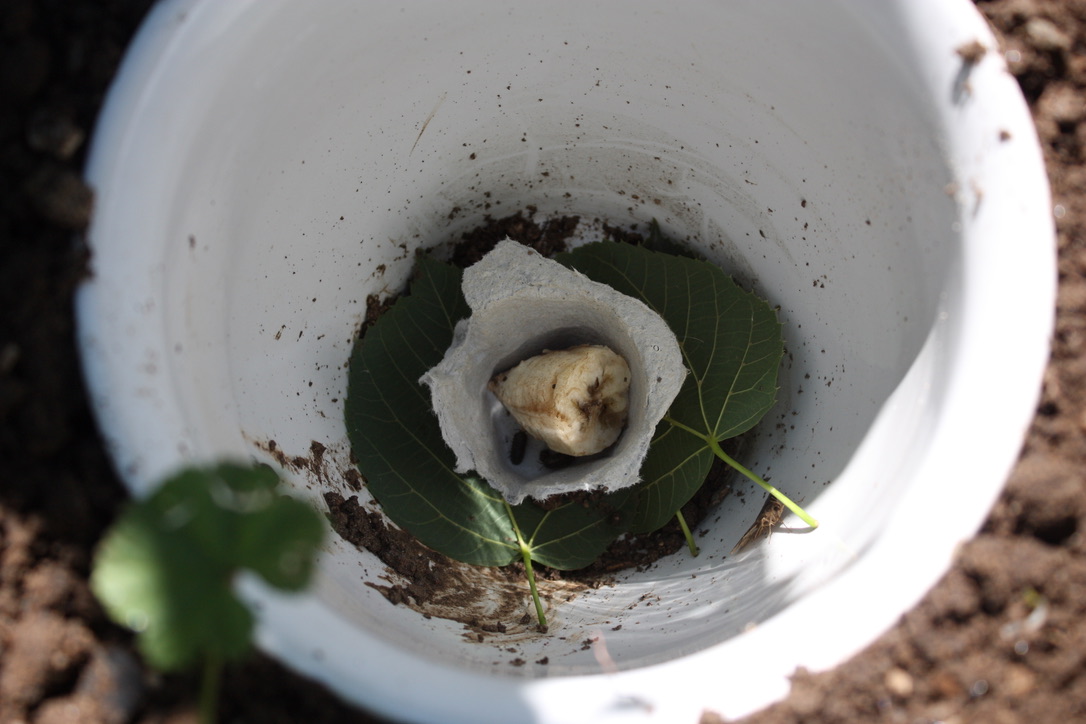
Leave the trap out overnight. In the morning, go out and see what you have caught. If it is going to rain, do not set up a trap because water will pool in the bottom of the trap and kill the creatures. Do not forget about the trap as the creatures inside will die if you do not release them. It is a good idea to have some small glass containers handy to put your catch into so that you can study them. A hand lens or magnifying glass is a great tool to help you enjoy these creatures. When you are done admiring them, you can try drawing what you see in your nature journal. Finally, when you are all done, make sure to let the creatures go back into their natural habitat.
What might you find in your trap? Below I have included a series of photos of my catch from a single night. I have taken pictures of one invertebrate from each species but there were often many of each kind in the trap. For instance, there were 16 pill bugs! The pictures have captions to let you know what they are. Of course, you might find many other invertebrates in your trap including tiger beetles, darkling beetles, crickets, wolf spiders, and Harvestmen.
A final note: Sometimes your trap will not catch much. In that case, try again in a different location. Or your trap may catch too much! A few days ago, I set a trap near some trees in my yard. I did not know at the time that it was near an ant colony. When I came out in the morning, I found the trap swarming with ants! Good luck with your trap!
